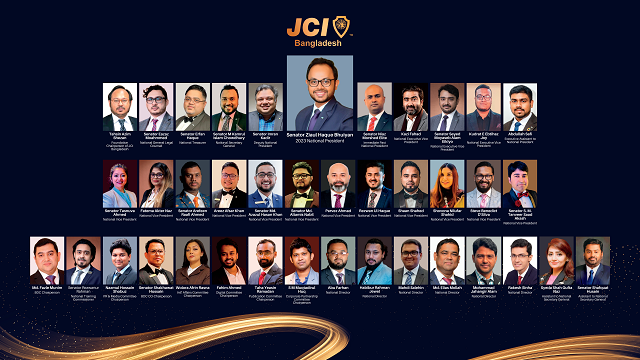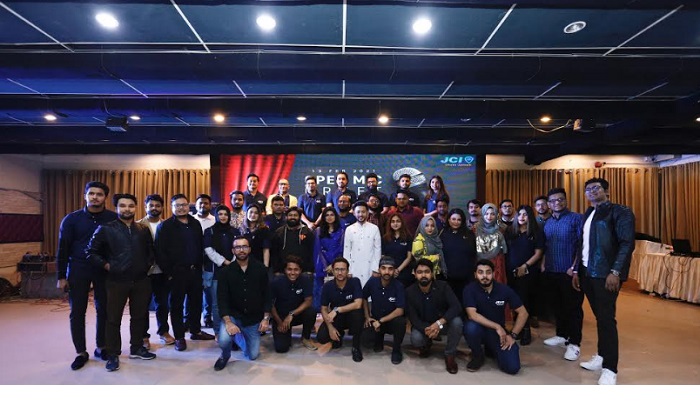What Is Research and Development (R&D)?
Published:
2021-03-03 19:02:15 BdST
Update:
2025-12-01 03:47:39 BdST

What Is Research and Development (R&D)?
Research and development (R&D) includes activities that companies undertake to innovate and introduce new products and services. It is often the first stage in the development process. The goal is typically to take new products and services to market and add to the company's bottom line.
KEY TAKEAWAYS
R&D represents the activities companies undertake to innovate and introduce new products and services or to improve their existing offerings.
R&D allows a company to stay ahead of its competition.
Companies in different sectors and industries conduct R&D; pharmaceuticals, semiconductors, and technology companies generally spend the most.
Understanding Research and Development (R&D)
The term R&D is widely linked to innovation both in the corporate and government world or the public and private sectors. R&D allows a company to stay ahead of its competition. Without an R&D program, a company may not survive on its own and may have to rely on other ways to innovate such as engaging in mergers and acquisitions (M&A) or partnerships. Through R&D, companies can design new products and improve their existing offerings.
R&D is separate from most operational activities performed by a corporation. The research and/or development is typically not performed with the expectation of immediate profit. Instead, it is expected to contribute to the long-term profitability of a company. R&D may lead to patents, copyrights, and trademarks as discoveries are made and products created.
Companies that set up and employ entire R&D departments commit substantial capital to the effort. They must estimate the risk-adjusted return on their R&D expenditures—which inevitably involves risk of capital—because there is no immediate payoff, and the return on investment (ROI) is uncertain. As more money is invested in R&D, the level of capital risk increases. Other companies may choose to outsource their R&D for a variety of reasons including size and cost.
Companies across all sectors and industries undergo R&D activities. Corporations experience growth through these improvements and the development of new goods and services. Pharmaceuticals, semiconductors, and software/technology companies tend to spend the most on R&D. In Europe, R&D is known as research and technical or technological development (RTD).
Many small and mid-sized businesses may choose to outsource their R&D efforts because they don't have the right staff in-house to meet their needs.
Special Considerations
R&D Accounting
R&D may be beneficial to a company's bottom line, but it is considered an expense. After all, companies spend substantial amounts on research and trying to develop new products and services. As such, these expenses are reported for accounting purposes. Any basic and applied research costs are recorded as they are incurred. But development costs can be carried forward.
Who Spends the Most on R&D?
Companies spend billions of dollars on R&D to produce the newest, most sought-after products. According to the professional services firm, PriceWaterhouseCoopers, the following ten companies spent the most on innovation and improvements in 2018 (the most recent data):
- Amazon: $22.6 billion
Alphabet, Inc.: $16.2 billion
Volkswagen: $15.8 billion
Samsung: $15.3 billion
Intel: $13.1 billion
Microsoft: $12.3 billion
Apple: $11.6 billion
Roche: $10.8 billion
Johnson & Johnson: $10.6 billion
Merck: $10.2 billion
Types of Research & Development (R&D)
One R&D model is a department staffed primarily by engineers who develop new products—a task that typically involves extensive research. There is no specific goal or application in mind with this model. Instead, the research is done for the sake of research.
The second model involves a department composed of industrial scientists or researchers, all of who are tasked with applied research in technical, scientific, or industrial fields. This model facilitates the development of future products or the improvement of current products and/or operating procedures.
There are also business incubators and accelerators, where corporations invest in startups and provide funding assistance and guidance to entrepreneurs in the hope that new innovations will result that they can use to their benefit.
Also, M&As and partnerships are also forms of R&D as companies join forces to take advantage of other companies' institutional knowledge and talent.
R&D vs. Applied Research
Basic research is aimed at a fuller, more complete understanding of the fundamental aspects of a concept or phenomenon. This understanding is generally the first step in R&D. These activities provide a basis of information without directed applications toward products, policies, or operational processes.
Applied research entails the activities used to gain knowledge with a specific goal in mind. The activities may be to determine and develop new products, policies, or operational processes. While basic research is time-consuming, applied research is painstaking and more costly because of its detailed and complex nature.
Topic:

Meghna Bank plans transformation and to build strong customer base

Helping of SP, OC Pradeep became a monster

JCI Bangladesh gets a new board for 2023

10 Critical Things You Need For Life Success

Cizar: Advancing towards SDGs.


Leave your comment here: